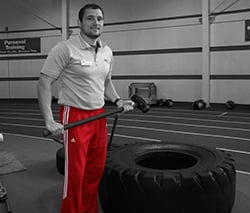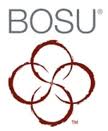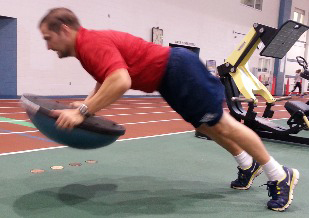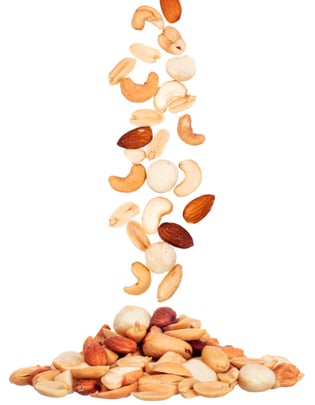 Nuts, basically one of the original food groups and predating even the most basic diet, have been a part of human existence since the beginning, and there is good reason. They taste good and are loaded with nutrients. The properties and benefits of nuts vary based on each individual nut, with some options being a little healthier than others.
Nuts, basically one of the original food groups and predating even the most basic diet, have been a part of human existence since the beginning, and there is good reason. They taste good and are loaded with nutrients. The properties and benefits of nuts vary based on each individual nut, with some options being a little healthier than others.
Nuts Are Healthiest Without Embellishment
There are some ground rules that I would like to set regarding healthy nuts.
Try not to add chocolate to the equation. Although chocolate has its good qualities, we also know that added calories would diminish our gains from the nuts.
Salt, like chocolate, has added value in taste but is not recommended for individuals who are heart conscious. For that matter, I don’t recommend added anything, whether it be chocolate, salt, sugar, etc.
Health Benefits of Nuts
“Now wait a minute, this sounds like a lot of work,” you may say. This is where you are mistaken. Eating nuts can be an enjoyable way to get variety in your diet and healthful nutrition. For instance, almonds, cashews, pecans, brazil nuts, macadamias, pistachios, hazelnuts, and walnuts boast tons of benefits, including but not limited to fighting inflammation, improving digestion, raising immunity, lowering LDL, fighting cancer, and even making coffee taste better.
Nutritional Information About Nuts
Nuts can differ in size, shape, texture, and taste, but overall, they are fairly similar in calories per ounce and fat. The pistachio weighs in pretty light on the calorie scale at about 160 calories and 14 grams of fat per 50 nuts, while the Brazil nut is 185 calories and 18 grams of fat for 5 to 6 nuts. The healthy properties of the Brazil nut, though, outweigh the difference in that they contain a fair amount of selenium (which, in recommended doses, has been linked to fighting certain cancers).
With all the benefits nuts pose for our health, it is easy to see why they belong in the Mount Rushmore of edibles. Do yourself a favor and accentuate your diet… because nuts are taking over!
This blog was written by Thomas Livengood. For more about the NIFS bloggers, click here.


 What has become of our society and fitness? We hear reports all the time that state that the
What has become of our society and fitness? We hear reports all the time that state that the 

 Walking on a treadmill can be great exercise, but something that some people do not realize is that it can be misleading. When you walk around the track, at the grocery store, or at the park, one constant force is always there: gravity. Gravity is something we have to deal with and respect. Our body takes on this extra resistance as a challenge. This is not exactly the same on a treadmill; this is not to say that it is zero gravity, but there is less difficulty walking at a zero incline on a treadmill than walking around the track. I suggest setting your treadmill incline to a minimum 1% incline, which will not only give you a better calorie burn, but also a better cardiovascular workout.
Walking on a treadmill can be great exercise, but something that some people do not realize is that it can be misleading. When you walk around the track, at the grocery store, or at the park, one constant force is always there: gravity. Gravity is something we have to deal with and respect. Our body takes on this extra resistance as a challenge. This is not exactly the same on a treadmill; this is not to say that it is zero gravity, but there is less difficulty walking at a zero incline on a treadmill than walking around the track. I suggest setting your treadmill incline to a minimum 1% incline, which will not only give you a better calorie burn, but also a better cardiovascular workout.


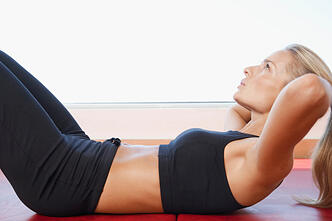 The ideal, desired image of six-pack abs plastered on the cover of every magazine tells us so…right? To get where you want to be, you will have to have a game plan. Ten thousand crunches per day should do the trick, right? Well not necessarily.
The ideal, desired image of six-pack abs plastered on the cover of every magazine tells us so…right? To get where you want to be, you will have to have a game plan. Ten thousand crunches per day should do the trick, right? Well not necessarily.


 For shin splint prevention, begin a stretching routine that includes standing calf stretches (shown to the right using a slanted service), Achilles tendon stretches (shown using a towel for better range of motion), as well as a well-rounded dynamic warm-ups.
For shin splint prevention, begin a stretching routine that includes standing calf stretches (shown to the right using a slanted service), Achilles tendon stretches (shown using a towel for better range of motion), as well as a well-rounded dynamic warm-ups.



 you are targeting).
you are targeting).
 groups. These exercises can range from beginner to advanced, with the functionally basic movement of
groups. These exercises can range from beginner to advanced, with the functionally basic movement of 
 There are other “tools” you can use while on the go that you may not realize. For a cardio option, most hotels have a staircase. Use it! Avoid the elevator and take the stairs instead. For a challenge, run the stairs for ten minutes (and because most people use the elevator, it should be mostly empty for your use). Suitably known as a suitcase carry, your suitcase can be used for a one-sided
There are other “tools” you can use while on the go that you may not realize. For a cardio option, most hotels have a staircase. Use it! Avoid the elevator and take the stairs instead. For a challenge, run the stairs for ten minutes (and because most people use the elevator, it should be mostly empty for your use). Suitably known as a suitcase carry, your suitcase can be used for a one-sided 